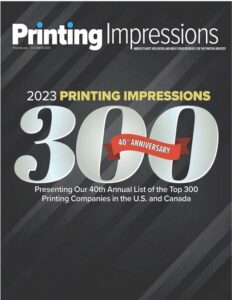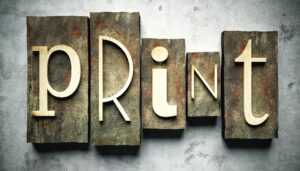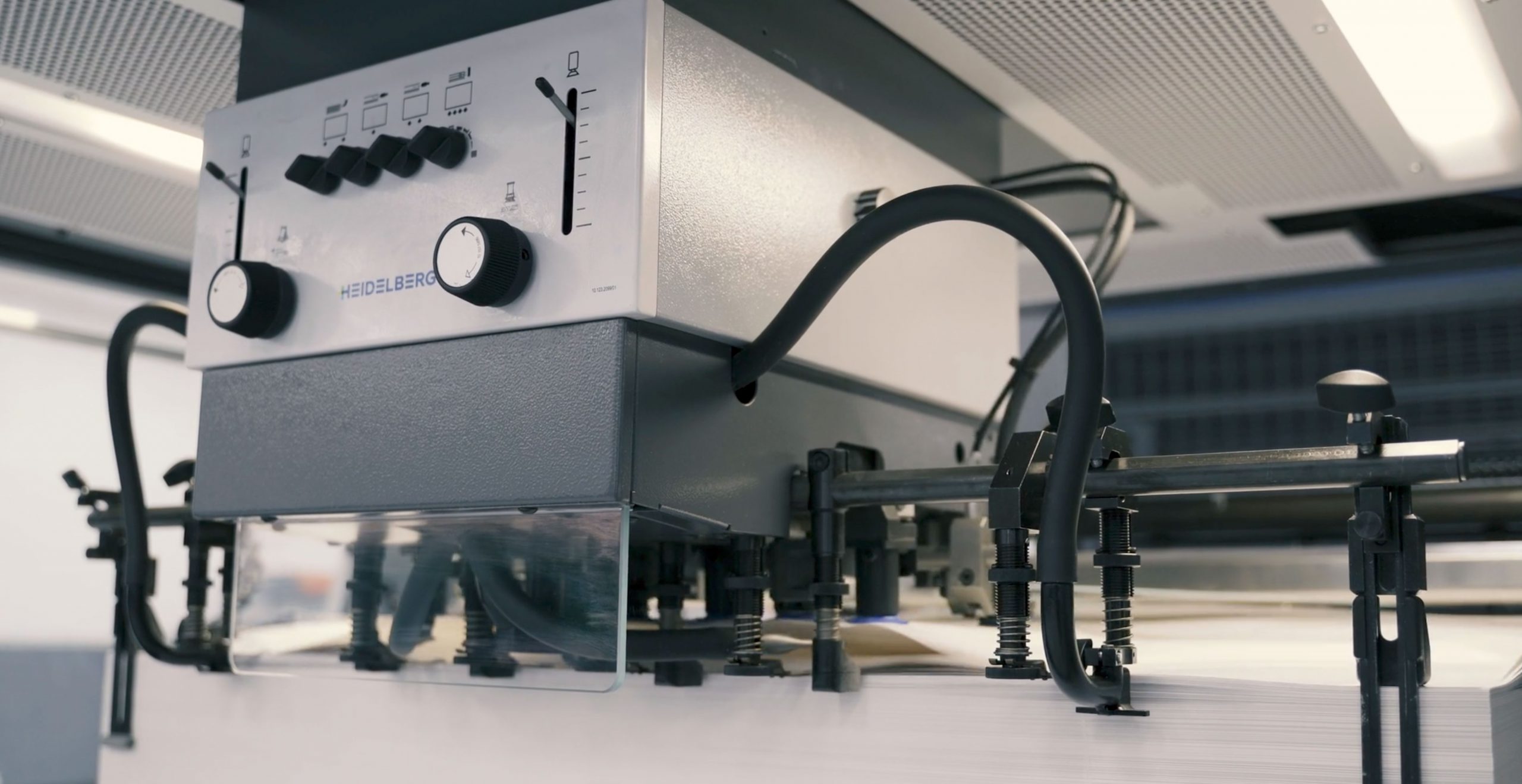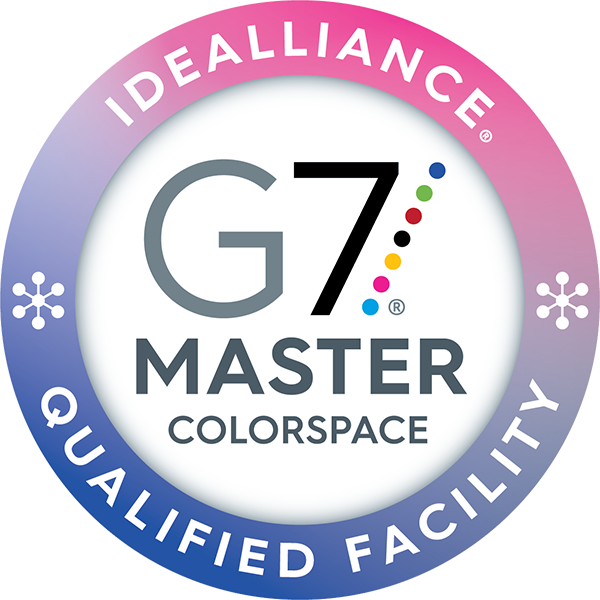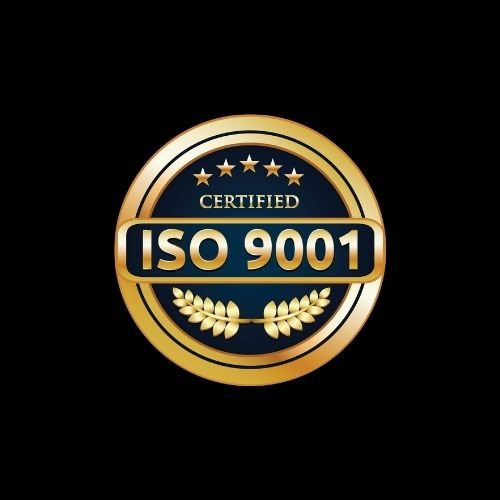The advent of eReader back in 2004 gave the market quite a start. Many thought it would bring about the demise of the printed book. Almost 20 years later, you can definitely grab an eReader and tap the screen, but you can also grab a hard copy of your favorite book and feel the smooth pages between your fingers. It’s the best of both worlds for bibliophiles.
When you are preparing a book, calendar, or manual for a client, setting up the art correctly entails knowing which binding option to choose. What kind of use will the piece get? Does it need to open flat or bend back on itself for writing? Are there a large number of pages that need to be bound together? Answering these questions and knowing a few of the basic types of book binding ensures you are on track to a beautiful piece.
4 Kinds of Book Binding Choices You Can Use
Saddle-Stitch books are made up of pages bound together with two (sometimes three) ‘stitches,’ which are staples nested in the spine of the book. The spine is typically located on the left-hand side or the top of the piece. Most often, a saddle-stitched book is used for smaller booklets, coupon booklets, calendars, auditorium programs, and photo-books.
Spiral binding takes a coil of plastic and continuously loops it through a row of pre-punched holes along the edge of the book. The coil comes in different colors and sizes to fit various sizes of books. It is possible, but not as common, to find spiral binding in metal. With spiral binding, you usually will not be able to print on the spine or remove pages easily, unless they are pre-perforated. The thickest a spiral-bound book may be is 2.75 inches thick. You will find calendars, directories, annual reports, and manuals using this binding choice.
Wire-O binding is similar to coil because the pages must be pre-punched. This option uses metal coils that is a looped metal wire set into the pre-punched holes and crimped into place. It gives a more formal, professional presentation but is less durable than spiral binding. They come in many different colors and sizes for books up to 1.25 inches thick. A nice advantage to wire-o is that your project can lay flat or wrap around on itself for easier reading or writing. Frequent uses for wire-o includes calendars, day planners, directories, annual reports, and notebooks.
Perfect bound books may be the most common type that we think of. It requires that the printed press sheets of your pages be folded and gathered into a book block. That is, each folded press sheet is stacked upon another. The edges are ground off, glue applied to the spine, then the wrap-around cover is affixed to the block. Usually the books will not lay flat like a wire-o bound piece. Use this option for directories, magazines, manuals, yearbooks, and books with a high number of pages (e.g., novels).
Outstanding Print Support When You Need It – World Arts Printing
Ensure you have the best binding option for your printed piece by working with World Arts Printing. We have decades of printing experience to pull from, to help you get the finished product you envision. Our staff can guide you on margins, bleed, spine width, and more. Contact us today!
World Arts is an ISO 2009:2015 Certified Company
